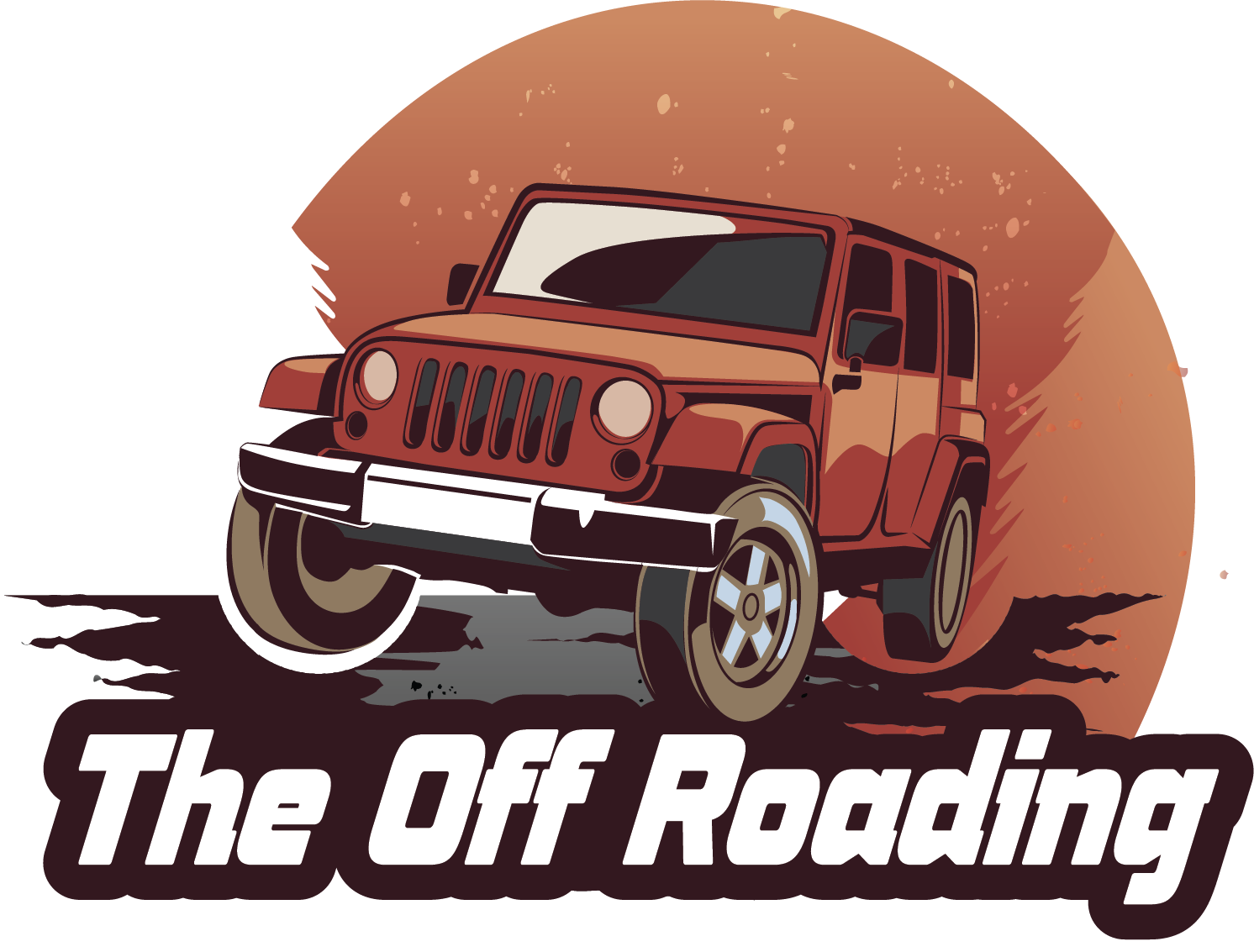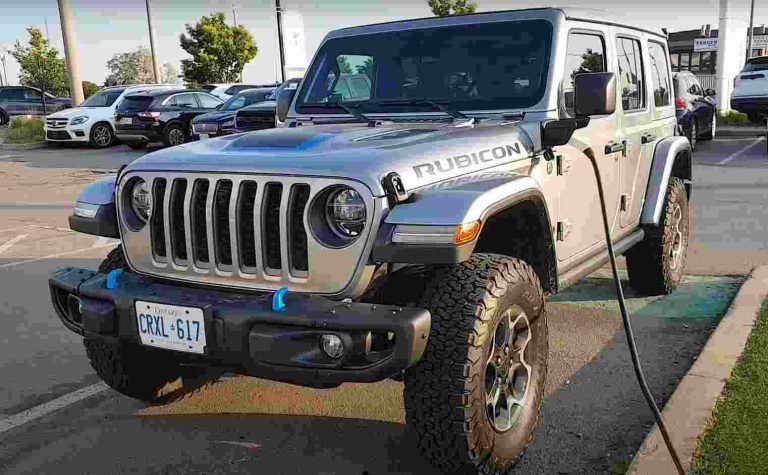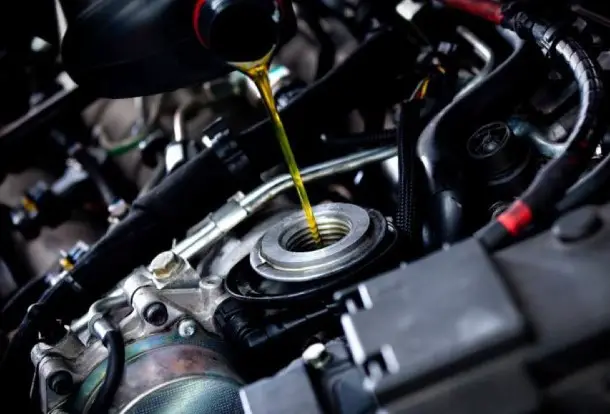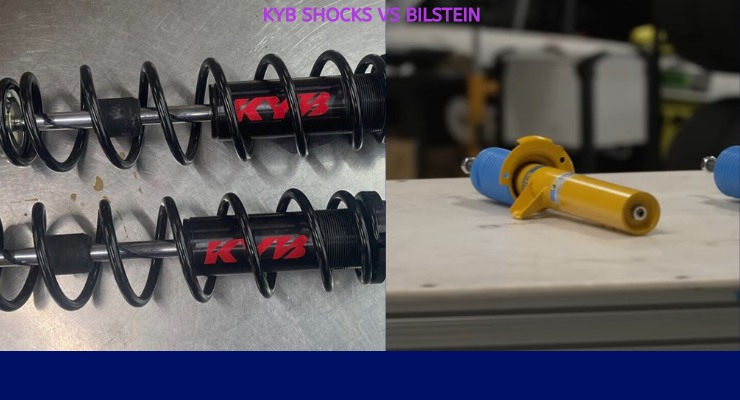OBS vs NBS, which one should you pick? Well, let’s get to know their differences first.
So, what is the difference between OBS vs NBS? OBS (Old Body Style) refers to the GM truck platform that was used between 1988 and 1998. These trucks have a boxy and rugged look. In contrast, NBS (New Body Style) refers to the GM truck platform that was used between 1999 and 2006. These trucks have a more sleek and aerodynamic look.
But there are a lot more differences between these two and you should know them. So, right here, we will compare and contrast OBS and NBS trucks for you. Just stay tuned and enjoy!
OBS vs NBS: Key Differences at a Glance
In a hurry? Just take a look at this table and you’ll get the jist of the differences between OBS and NBS.
| Aspects | OBS Trucks | NBS Trucks |
|---|---|---|
| Exterior Design | Square body, boxier appearance, chrome front grille. | Rounded body, streamlined appearance, modern front grille designs. |
| Chassis and Suspension | Full-length, ladder-type frame, solid front axle, leaf spring suspension. | Hydroformed full-length frame, independent front suspension, coil spring or torsion bar suspension. |
| Engine and Powertrain | Traditional gasoline engines, limited diesel options. | Wide range of engine options including turbocharged and diesel engines, introduction of hybrid or electric powertrains. |
| Interior Features | Basic amenities and comfort, limited technology integration. | Upgraded interiors with premium materials, advanced technology features. |
| Safety and Driver Assistance | Basic safety features (airbags, anti-lock brakes), limited driver assistance systems. | Advanced safety features (collision warning, lane departure warning), extensive driver assistance systems (adaptive cruise control, blind-spot monitoring). |
OBS vs NBS: Exterior Design Comparison
First off, let’s set our focus on the fascinating aesthetics that differentiate these two generations of trucks: OBS and NBS.
A. OBS trucks’ design characteristics
OBS (Old Body Style) trucks are an iconic staple of the 80s and 90s, these trucks bear a charm that many truck enthusiasts are nostalgic for.
- Square body design
The OBS trucks firmly upheld the square body design, something which is a stark contrast to the curvy aesthetics we see in modern vehicles. It was all about the right angles (90° angles) with the OBS trucks.
The square body design was bold and assertive.
- Boxier appearance
A word of caution: don’t mistake boxier for boring, because this boxier look imparted a distinctive, robust appeal.
- Chrome front grille
The lustrous chrome grille, combined with the square headlights on either side, created a bold, unmistakable face for the OBS cars.
B. NBS trucks’ design characteristics
The NBS generation redefined what a truck could be, modernizing and streamlining it for the 21st century.
- Rounded body design
The first thing that stands out in an NBS truck is the rounded body design. As asserted by a 2012 scientific conference report, this rounded approach makes the trucks, or any vehicle more aerodynamically efficient. It is also a more aesthetically pleasing design.
- Streamlined appearance
Every design element of NBS trucks is designed to reduce wind resistance and enhance fuel efficiency. The aerodynamically contoured hood and the smoothly curved cargo bed are prime examples of this.
- Modern front grille designs
Gone are the days of chrome dominance. Modern front grilles display distinctive designs from the previous generation. They also come in a variety of materials and finishes (plastic, billet aluminum, steel, and fiberglass).
OBS vs NBS: Chassis and Suspension Comparison
Let’s peek under the hood and discuss the heart and soul of any truck – the chassis and suspension.
A. OBS trucks’ chassis and suspension features
Underneath the retro stylings and chrome-laden exterior, OBS trucks have a robust setup that has withstood the test of time.
- Frame design and construction
In the world of OBS trucks, the chassis were often designed with a full-length, ladder-type frame. These frames were engineered to handle the weight of substantial loads.
- Solid front axle
OBS trucks can drive effortlessly over rugged terrains. Much of that capability came from the solid front axle.
- Leaf spring suspension
A key component of the OBS truck’s enduring legacy is the leaf spring suspension. This system comprises layers of metal strips, or “leaves,” designed to absorb road irregularities and maintain ride stability.
B. NBS trucks’ chassis and suspension features
Fast forward to the NBS era, and we see a shift toward increased ride comfort and handling.
- Frame design and construction
The NBS trucks’ frames continue to be full-length and body-on-frame, but they incorporate hydroforming technology. This process uses pressurized fluid to shape metal, resulting in a lighter, yet still strong and rigid frame.
- Independent front suspension
NBS trucks adopted independent front suspension (IFS). IFS allows each wheel on the same axle to move independently, greatly improving ride quality, especially on uneven surfaces.
- Coil spring or torsion bar suspension
NBS trucks transitioned from leaf springs to coil springs or torsion bar suspension systems. Both systems provide a softer, more car-like smooth ride.
OBS vs NBS: Engine and Powertrain Comparison
Let’s shift gears and talk about the heart that fuels these beasts – the engine and powertrain options.
A. OBS trucks’ engine and powertrain options
In the OBS era, things were a lot simpler under the hood. Back then, it was all about raw power.
- Traditional gasoline engines
Gasoline engines were the order of the day in the OBS era. These engines were workhorses, renowned for their large displacement, naturally aspirated V8s that delivered substantial power and torque.
OBS trucks were particularly favored for their low-end torque, which was essential for towing and hauling.
- Limited diesel engine options
Diesel engines were available during the OBS era, but the options were relatively limited. It was due to the era’s less refined diesel technology.
B. NBS trucks’ engine and powertrain options
In the NBS era, we see a growing consciousness of fuel efficiency and emissions.
- A wider range of engine options, including turbocharged engines
NBS trucks offer a more extensive menu of engine options. You’ll find efficient V6s, powerful V8s, and even turbocharged engines in the mix.
Turbocharged engines can easily meet the demands for better fuel economy without sacrificing performance.
- Increased availability of diesel engines
NBS trucks also saw increased availability of diesel engines. Modern diesel engines offer high torque at low rpm, making them excellent for towing heavy loads.
They also deliver superior fuel economy, making them a popular choice among long-distance drivers.
- Introduction of hybrid or electric powertrain options
Perhaps the most significant evolution in the NBS era is the introduction of hybrid or electric powertrain options.
A 2021 scientific study tells us that hybrid vehicles can leverage both a gasoline engine and an electric motor to optimize fuel efficiency and reduce emissions. On the other hand, all-electric trucks are offering zero-emission driving as well.
OBS vs NBS: Interior Features Comparison
As we venture into the cabin, the difference between OBS and NBS trucks becomes more prominent.
A. OBS trucks’ interior features and technology
In the OBS era, the interiors reflected the trucks’ hard-working roots.
- Basic amenities and comfort
The OBS trucks were all about getting the job done. The cabins were straightforward and rugged, with basic amenities aimed at comfort and practicality.
Seats were often cloth or vinyl, designed for durability rather than luxury. The dashboard was simple, featuring essential gauges and dials. Air conditioning was a luxury in some models, not a standard.
- Limited technology integration
As for technology, OBS trucks were about as basic as it gets. Remember, these were the days before smartphones and Wi-Fi, so technology in these trucks was limited to a basic AM/FM radio, perhaps a cassette or CD player if you were lucky.
GPS? Nope, you had to rely on a good old-fashioned road map. And safety tech? Apart from seat belts and airbags in later models, tech-based driver assistance features were essentially non-existent.
B. NBS trucks’ interior features and technology
When you step into an NBS truck, you’re immediately greeted with an atmosphere that balances work-ready ruggedness with modern comfort.
- Upgraded interiors with premium materials
The NBS era brought a shift from strictly utilitarian machines to vehicles capable of luxury and comfort.
Seats now come in plush cloth, leather, or even premium synthetic materials, with options for heating, ventilation, and power adjustment. The dashboard and door panels often feature soft-touch materials, with high-end models offering real wood or metal accents.
- Advanced technology features
The NBS era witnessed a revolution with internet-based navigation, music, and connectivity options like Apple CarPlay and Android Auto. Many trucks also offer Wi-Fi hotspot capability, multiple USB ports, and wireless device charging.
Safety tech has also taken a leap forward in NBS trucks. It’s now got features like rear-view cameras, blind-spot monitoring, and forward-collision warning. According to a National Highway Traffic Safety Administration report, these features dramatically increase drivers’ safety.
Additionally, some NBS trucks even offer semi-autonomous driving aids like adaptive cruise control and lane-keeping assist.
OBS vs NBS: Safety and Driver Assistance Comparison
Let’s talk about something that’s arguably the most critical aspect of any vehicle – safety.
A. OBS trucks’ safety features
OBS trucks were designed in an era when safety meant something quite different than it does today.
- Basic safety features (airbags, anti-lock brakes, etc.)
In the days of OBS trucks, safety features were much more basic. Seat belts, of course, were standard. And, as the years progressed, we saw the introduction of airbags, first for the driver and later for the passenger.
Anti-lock brakes (ABS) also started to appear in some models.
- Limited driver assistance systems
As for driver assistance systems, these were virtually non-existent in the OBS era. The most assistance an OBS truck driver could expect was perhaps power steering and brake assist.
B. NBS trucks’ safety features
Stepping into the NBS era, it’s like jumping light years ahead in terms of safety and driver assistance.
1. Advanced safety features (collision warning, lane departure warning, etc.)
NBS trucks are made to not only safeguard passengers in the event of a collision but also to stop collisions from ever occurring.
Forward collision warning, automatic emergency braking, lane departure warning, and lane-keeping assist are all now standard features.
2. Extensive driver assistance systems (adaptive cruise control, blind-spot monitoring, etc.)
On top of that, NBS trucks come with a suite of driver assistance systems. Adaptive cruise control has the ability to change the truck’s speed in order to keep a safe distance from the vehicle in front.
Blind-spot monitoring warns the driver of vehicles in the truck’s blind spots. In addition, the rear cross-traffic alert can warn of vehicles approaching from the sides when reversing.
Some trucks even offer semi-autonomous driving features, like Tesla’s Autopilot or GM’s Super Cruise. These can automatically control steering, acceleration, and braking under certain conditions.
Final Verdict
In essence, OBS trucks represent a bygone era of truck design. On the other hand, NBS trucks embody the ongoing evolution of truck engineering. When it comes down to choosing between an OBS and an NBS truck, it’s not merely a question of old versus new or simple versus sophisticated.
If you’re a fan of classic truck design, an OBS truck could be right up your alley. But, if you value modern amenities, advanced technology, and superior comfort, an NBS truck might be more your speed.






